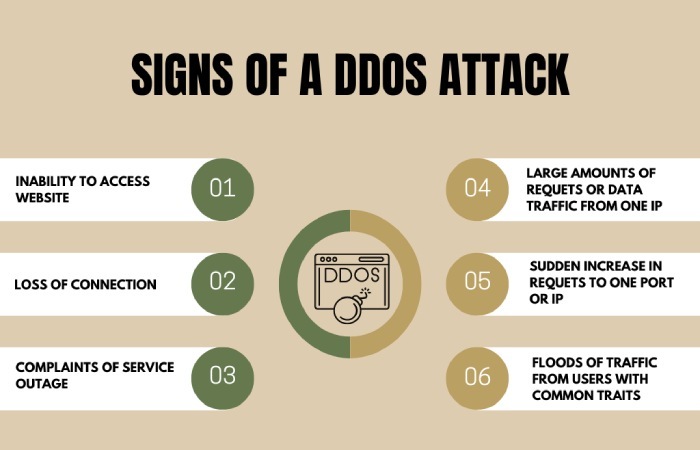Why does RFC impose the character limit on SPF records?
As per RFC, if an SPF record has more than 255 characters, then it will be invalid. This simply means that such an SPF record would give false positives and negatives– neither of them works in favor of your domain.
This limit is inclusive of the SPF record characters and the DNS name expanded within it. Exceeding this limit also triggers parsing problems and DNS lookup failures. We also can’t overlook the fact that these small security gaps are exactly what malicious actors are in search of in order to pick their next targets for phishing and spoofing attempts.
Why the SPF character limit is imposed?
The SPF developers imposed multiple limitations and syntax rules before its release so that there is no overburdening on the resources involved. These limits also prevent complexities and reduce the chances of human errors, non-uniformities, and conflicts. Here are the main reasons why the limit of 255 characters exists–
Efficiency
The longer an SPF record, the higher the chances of DNS query overhead, network latency, resource consumption, complexities, and Distributed Denial of Service or DDoS attacks. On the other hand, a concise SPF record makes the email authentication process more efficient and swift.
Compatibility
Many DNS implementations and SPF parsers may have constraints on the length of DNS TXT records they can process. By enforcing a character limit, SPF ensures that it remains compatible with a broad spectrum of DNS servers and SPF processing tools.
Security
Concise SPF records are uniform and don’t lead to conflicts. This doesn’t give threat actors the chance to exploit any vulnerabilities while also preventing DNS servers from getting overwhelmed and erroneous.
DNS protocol constraints
The DNS protocol imposes limits on the size of responses, including TXT records. By adhering to a character limit, SPF records can be reliably transmitted within these constraints, ensuring smooth operation over the DNS protocol.
Interoperability
Interoperability in the context of SPF records means SPF records can be correctly interpreted and processed by a wide range of email systems, DNS servers, and SPF validation tools across different platforms and environments. This ensures that SPF records function as intended, regardless of the specific implementations or configurations of the systems involved.
Is there a solution?
Yes, if your SPF record has exceeded the 255-character limit, you need to review it and make some modifications.
Start by reviewing your SPF record to identify and remove unnecessary mechanisms, modifiers, and include statements. An SPF flattener can help eliminate these redundancies.
Consider using SPF macros, like `%d` (domain) and `%i` (IP address), to dynamically add information to your record, reducing the need to list IP addresses manually.
If you manage multiple domains with similar SPF policies, using SPF overlays can centralize your SPF management while allowing for domain-specific adjustments. This can simplify your records and keep them concise.
We also suggest strengthening SPF with DKIM and DMARC. DMARC’s reporting mechanism can help you see which issues are present in your SPF, DKIM, and DMARC records. Another thing you can do is regularly run your SPF record through a credible SPF lookup tool. This tool will pinpoint all the problems and offer solutions, too.
Contact DuoCircle for expert help in optimizing your SPF records and bolstering your email security.


